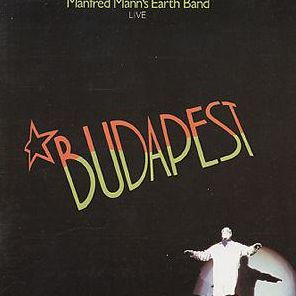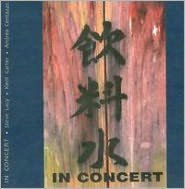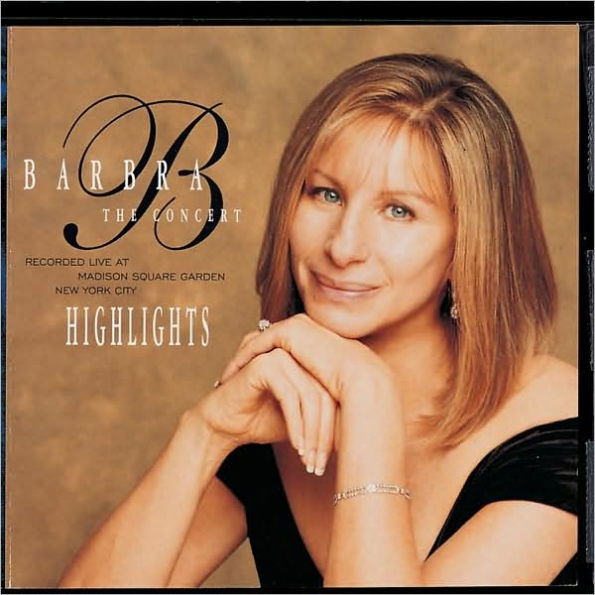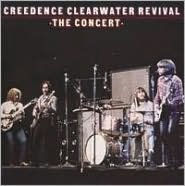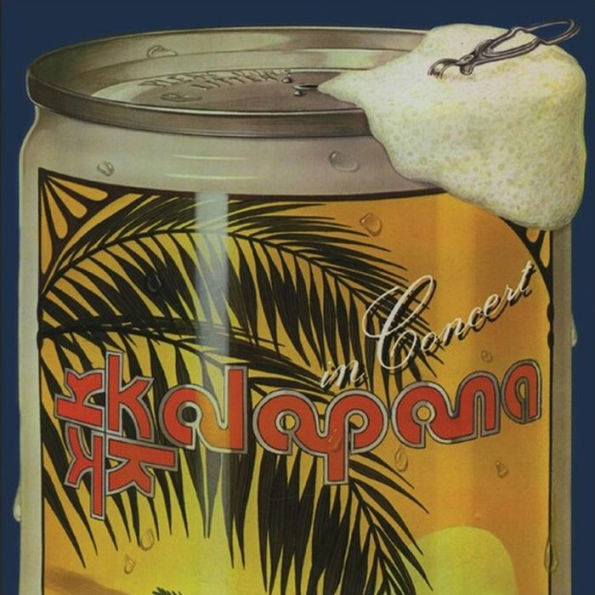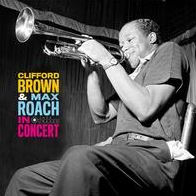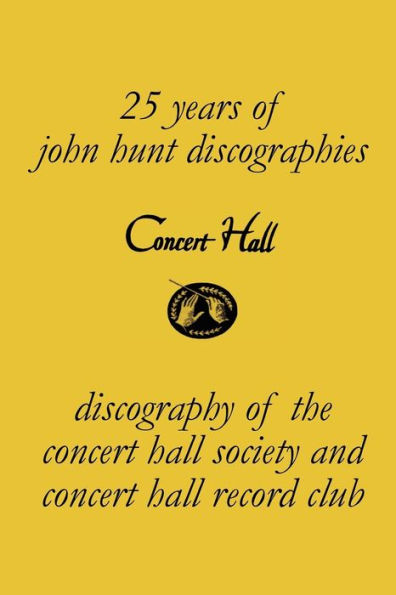Home
Budapest Concert
Barnes and Noble
Budapest Concert
Current price: $29.99
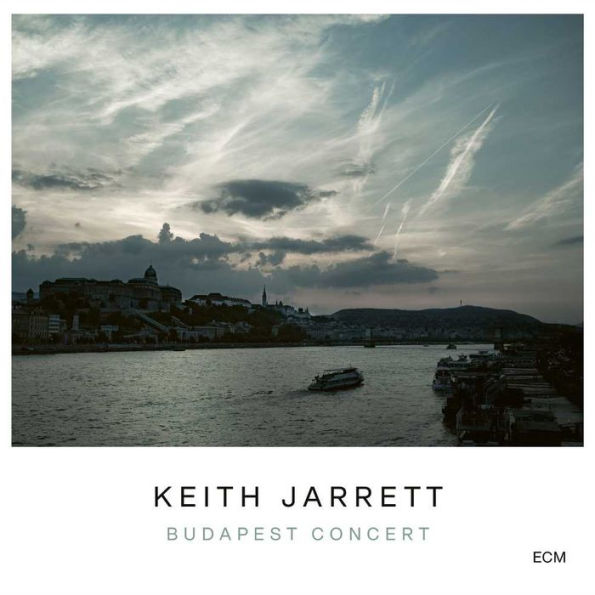

Barnes and Noble
Budapest Concert
Current price: $29.99
Size: OS
Loading Inventory...
*Product information may vary - to confirm product availability, pricing, shipping and return information please contact Barnes and Noble
On October 21, 2020, the New York Times printed a feature article entitled "Keith Jarrett Confronts a Future Without the Piano." Inside, the artist disclosed that he had suffered two strokes in 2018 that left him unable to use his left hand, effectively ending his performing career: "I don't know what my future is supposed to be. I don't feel right now like I'm a pianist."
The Budapest Concert
is the second release from his 2016 tour, and was recorded two weeks before
Munich 2016
. Structurally there are similarities between the two. Each contains a dozen numbered suite-like movements, and encores. Performed at the Bela Bartok National Concert Hall,
Keith Jarrett
, whose familial roots lie in Hungary, considered this show as a kind of homecoming. Its two discs are divided by contrasting thematic resonances in his improvising and playing.
The nearly 15-minute opening movement amounts to a somewhat intense, dark-toned overture that careens through various classical notions and motifs reflecting his lifelong appreciation of Hungarian composer
Bela Bartok
, without developing them -- a long established hallmark in
Jarrett
's improvised concerts. It's a seemingly unending inquiry of extrapolated right-hand figures while his left punctuates them with fat bass chords and counterpoint. He releases the tension somewhat on "II" with slowly developing tonal and chromatic inventions that feed into and off of one another, posing questions answered by more questions. "IV" follows a dramatic, minor-key blues progression as the left hand dialogues with the piano's lower and middle register. The mood on the second disc is lighter if not necessarily brighter.
's love of American songbook pop is softly articulated as a lullaby on "V." Though less than four minutes long, "VI" is a set highlight as the pianist moves across ragtime, stride, bop, and blues, and swings like mad with warmth and humor. He commences "VII" with softly played upper-register triads that expand into songlike developments evoking folk and gospel themes; he momentarily quotes from "Danny Boy," "Shenandoah," and
the Beatles
' "Hey Jude." The open-ended "VIII" offers incandescent, nearly impressionist balladry, while "IX" and "X" reprise the moodier, denser classical motifs on disc one. The final movement is aptly subtitled "Blues," as
joyously evokes everyone from
James P. Johnson
and
Albert Ammons
to
Meade Lux Lewis
,
Champion Jack Dupree
, and
Ray Charles
, and brings the house down. Both encore covers were also performed in Munich, but these versions are more immediate, less considered. "It's a Lonesome Old Town" is spectral, nearly spiritual, evoking traces from the
Duke Ellington
Lena Horne
readings. "Answer Me, My Love" develops from the middle register and briefly considers
Etta Jones
' iconic 1962 version in its tenderness and quiet desperation. The first half of
is challenging, as its knotty improvisations sometimes require rigorous attention. That said, the more melodically redolent back half welcomes even casual listeners.
regards this as his current "gold standard" for live improvisation, and given its reach and focus, it's difficult to argue with him -- especially now. ~ Thom Jurek
The Budapest Concert
is the second release from his 2016 tour, and was recorded two weeks before
Munich 2016
. Structurally there are similarities between the two. Each contains a dozen numbered suite-like movements, and encores. Performed at the Bela Bartok National Concert Hall,
Keith Jarrett
, whose familial roots lie in Hungary, considered this show as a kind of homecoming. Its two discs are divided by contrasting thematic resonances in his improvising and playing.
The nearly 15-minute opening movement amounts to a somewhat intense, dark-toned overture that careens through various classical notions and motifs reflecting his lifelong appreciation of Hungarian composer
Bela Bartok
, without developing them -- a long established hallmark in
Jarrett
's improvised concerts. It's a seemingly unending inquiry of extrapolated right-hand figures while his left punctuates them with fat bass chords and counterpoint. He releases the tension somewhat on "II" with slowly developing tonal and chromatic inventions that feed into and off of one another, posing questions answered by more questions. "IV" follows a dramatic, minor-key blues progression as the left hand dialogues with the piano's lower and middle register. The mood on the second disc is lighter if not necessarily brighter.
's love of American songbook pop is softly articulated as a lullaby on "V." Though less than four minutes long, "VI" is a set highlight as the pianist moves across ragtime, stride, bop, and blues, and swings like mad with warmth and humor. He commences "VII" with softly played upper-register triads that expand into songlike developments evoking folk and gospel themes; he momentarily quotes from "Danny Boy," "Shenandoah," and
the Beatles
' "Hey Jude." The open-ended "VIII" offers incandescent, nearly impressionist balladry, while "IX" and "X" reprise the moodier, denser classical motifs on disc one. The final movement is aptly subtitled "Blues," as
joyously evokes everyone from
James P. Johnson
and
Albert Ammons
to
Meade Lux Lewis
,
Champion Jack Dupree
, and
Ray Charles
, and brings the house down. Both encore covers were also performed in Munich, but these versions are more immediate, less considered. "It's a Lonesome Old Town" is spectral, nearly spiritual, evoking traces from the
Duke Ellington
Lena Horne
readings. "Answer Me, My Love" develops from the middle register and briefly considers
Etta Jones
' iconic 1962 version in its tenderness and quiet desperation. The first half of
is challenging, as its knotty improvisations sometimes require rigorous attention. That said, the more melodically redolent back half welcomes even casual listeners.
regards this as his current "gold standard" for live improvisation, and given its reach and focus, it's difficult to argue with him -- especially now. ~ Thom Jurek




